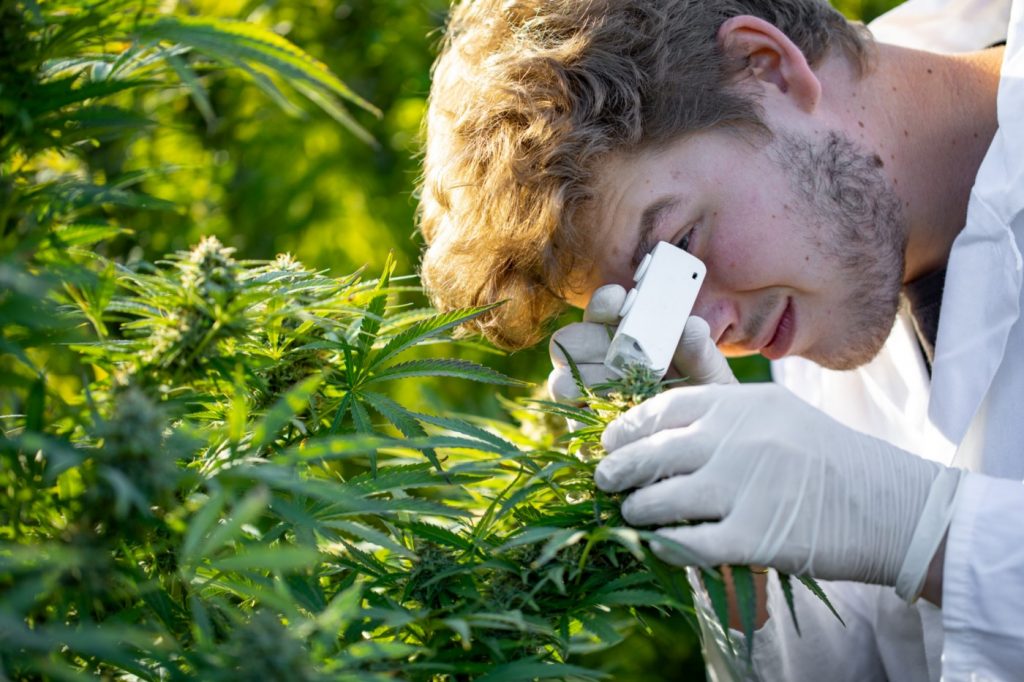Developing Cannabinoids for Research

Although it inefficiently produces many helpful substances known as cannabinoids, the marijuana plant does produce them. Research shows these cannabinoids are effective in many applications, but people only know their appetite-enhancing THC.
More than 100 cannabinoids exist, but the plant does not contain them in amounts large enough to make growing marijuana effective for obtaining them. Instead, bio-research firms synthesize the substances found within cannabis. By synthetically creating them, these companies can quickly catalyze the growth of the cannabinoids activated by yeast.
So far, biotech firms have created CBC, CBDV, CBT, and THCV. Using synthetic methods, companies can offer cannabinoids to pharmaceutical companies for drug development, cosmetics applications, etc. Buying CBC wholesale, for instance, lets the pharmaceutical company save itself many steps in the research process.
Since researchers synthesized only four of the more than 100 available cannabinoids so far, many other applications within the consumer and animal health industries may exist. The work begins by identifying each cannabinoid, developing its profile, and determining a way to synthesize it. Pharmaceutical companies then purchase the raw ingredient to test and develop as an ingredient in existing products or in new products.
Since the marijuana plant only creates two to five percent of some cannabinoids in each plant, synthesizing the substances becomes the only economical way to obtain enough raw material for research.
